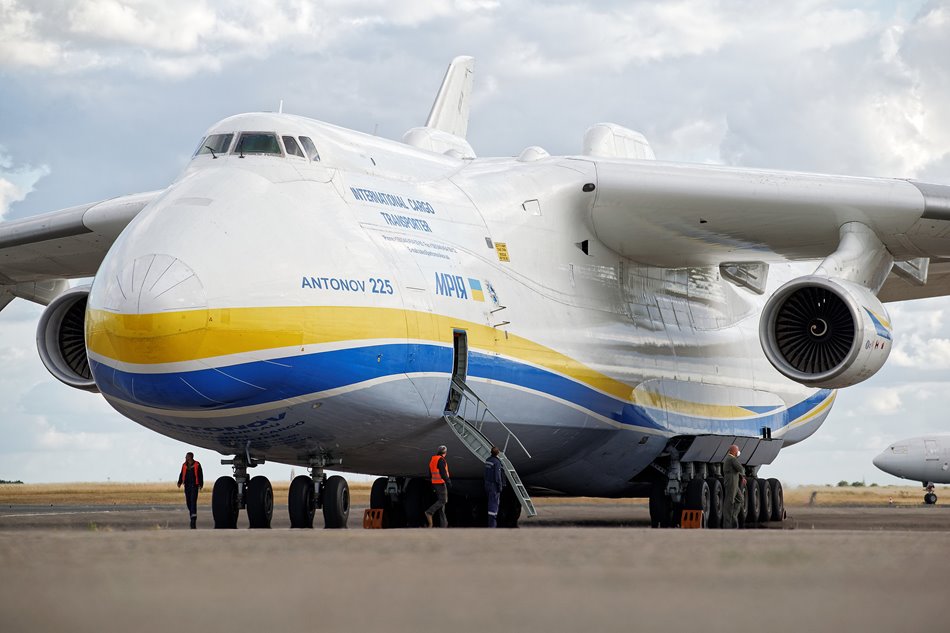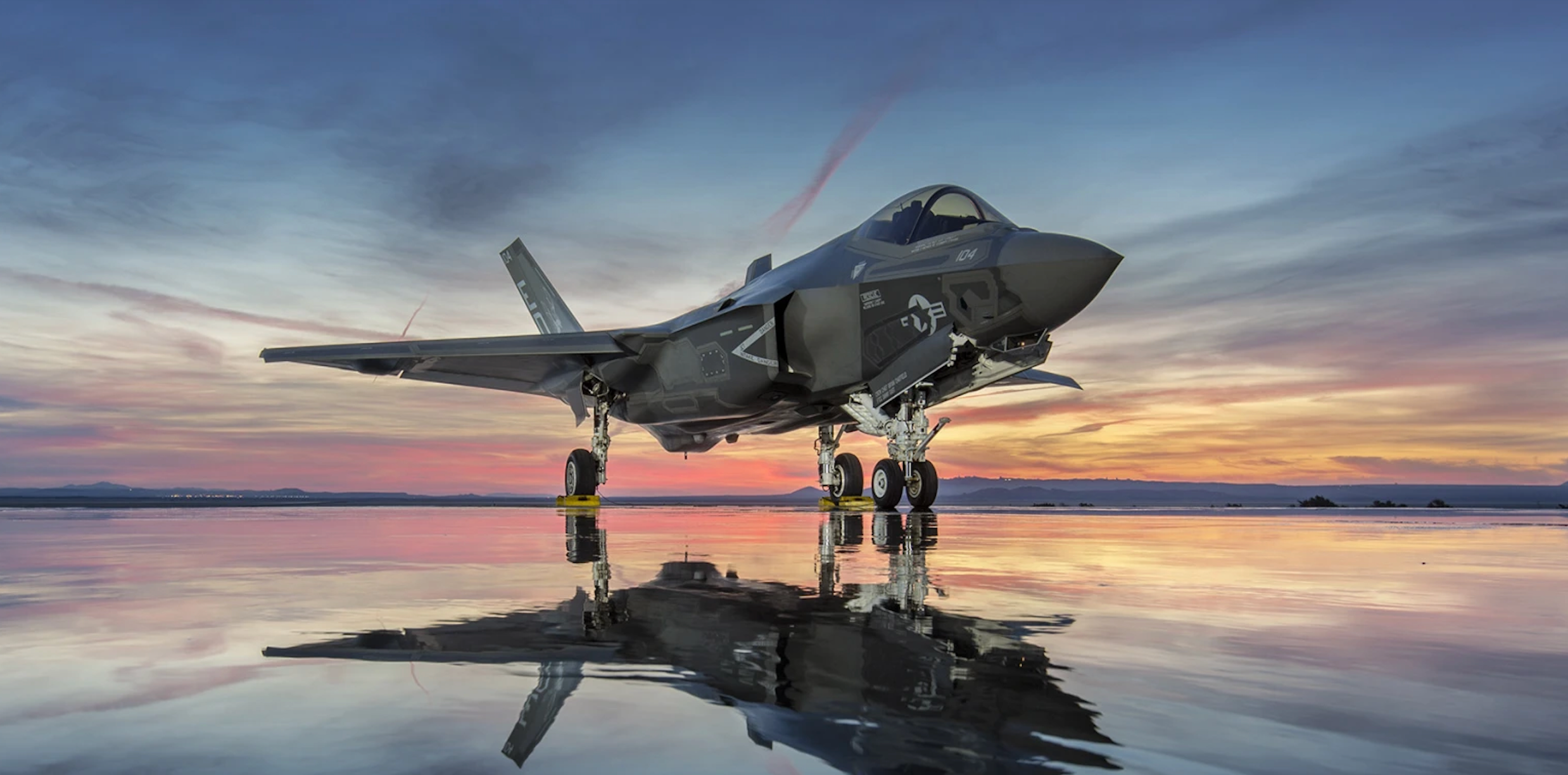Since the days of the Wright Brothers, human flight has continued to captivate our imagination. The sky has hosted some of the most extraordinary aircraft ever built, pushing the boundaries of engineering and human innovation. As remarkable as the iconic Boeing 747 is, there are other colossal flying machines that dwarf even this “Jumbo Jet.” In fact, you could almost fit a 747 inside the largest aircraft ever built by volume.
But building giant aircraft is no easy feat. The laws of physics present serious challenges—larger aircraft require massive wingspans to support their bulk, and longer wings can become unwieldy. As size increases, the engines must be more powerful, demanding larger amounts of fuel, and the operational costs rise steeply. Despite these obstacles, aircraft engineers have continuously risen to the challenge, creating some of the largest flying machines in history.
Let’s explore five of the largest aircraft to have ever graced the skies, from massive cargo planes to legendary airships.
1. Antonov An-225 Mriya: The Soviet Colossus
The Antonov An-225 Mriya holds a special place in aviation history as the heaviest aircraft ever built. Designed in the 1980s to support the Soviet Union’s space program, the An-225 was built to carry the Soviet Buran space shuttle on its back, much like NASA’s use of the Boeing 747 Shuttle Carrier Aircraft. The name “Mriya” means “dream” in Ukrainian, and it certainly lived up to that title in terms of its sheer scale.
With a fuselage stretching 276 feet and a wingspan of 290 feet, the An-225 was truly gigantic. Its massive cargo hold was 143 feet long—longer than the entire first flight of the Wright Brothers. Even more impressive, the plane could take off with a staggering maximum weight of 640 metric tons, a record that still stands today.
After the Buran program was canceled, the An-225 found a new lease on life as a workhorse for oversized cargo. It could carry everything from heavy machinery to railway engines, and its services were in high demand for transporting unique, oversized loads. Unfortunately, the An-225’s story ended tragically when it was destroyed in its hangar outside of Kyiv during the early stages of the Russian invasion of Ukraine in 2022.
2. Stratolaunch: The Modern Giant for Space Exploration
While the An-225 was built for space shuttle transport, the Stratolaunch was designed to help launch rockets into space. This twin-fuselage aircraft, developed by Stratolaunch Systems, was intended to carry a rocket between its fuselages to an altitude of 35,000 feet. At that point, the rocket would detach, ignite, and propel its payload into space. This concept, known as air-launch-to-orbit, aimed to reduce the costs and complexities associated with ground-based rocket launches.
The Stratolaunch boasts the largest wingspan of any aircraft ever built at 385 feet—longer than a football field. Powered by six engines, it’s designed to carry payloads of up to 500,000 pounds. Despite these remarkable specifications, the Stratolaunch has faced numerous delays since its inception. While it has completed several test flights since 2019, it has yet to launch a rocket into space, leaving the aviation world wondering what’s next for this engineering marvel.
3. Mil V-12: The Biggest Helicopter Ever Built
Not all record-breaking aircraft have fixed wings. The Mil V-12 was the largest helicopter ever constructed and remains the king of rotary-wing aviation. Developed by the Soviet Union in the 1960s, the V-12 was designed to lift up to 25 metric tons of cargo to remote and inaccessible locations—an impressive feat for any helicopter.
The Mil V-12 achieved its monumental lift capacity with two massive rotors, each 114 feet in diameter, mounted side by side. Powered by four engines generating a combined 26,000 horsepower, the helicopter could lift 40 metric tons, setting world records for rotorcraft.
Despite its accomplishments, only two prototypes were ever built. After its showcase at the 1971 Paris Air Show, the Soviet government halted further development due to the V-12’s limited commercial and military viability. Today, the V-12 remains a symbol of Soviet ingenuity and ambition, albeit one that never fully realized its potential.
4. LZ 129 Hindenburg: The Largest Airship Ever to Take Flight
In the early 20th century, airships were seen as the future of aviation, offering luxury, long-distance travel. The LZ 129 Hindenburg was the largest aircraft ever built in terms of volume, stretching over 800 feet long with a diameter of 135 feet. It was constructed by the Zeppelin Company to serve as the flagship for a fleet of passenger-carrying airships, designed to cross the Atlantic in as little as 43 hours.
However, the Hindenburg’s size also carried significant risks. To lift 70 passengers and 60 crew members, it was filled with highly flammable hydrogen gas, a cheaper but more dangerous alternative to the safer helium used today. Tragedy struck on May 6, 1937, when the Hindenburg caught fire while attempting to land in New Jersey. The disaster, captured on film, marked the end of the airship era, forever linking the Hindenburg with aviation’s most infamous catastrophe.
5. Airbus A380: The World’s Largest Commercial Passenger Jet
While airships and experimental aircraft capture our imagination, the Airbus A380 stands as the largest passenger aircraft ever put into mass production. Launched in 2007, the A380 was designed to serve as the backbone of global air travel, with a maximum seating capacity of 850 passengers spread across two full-length decks.
At 238 feet long and with a wingspan of 261 feet, the A380 was a behemoth of the skies. Its enormous fuselage allowed airlines to offer unprecedented luxury in the sky, including first-class suites, bars, and even showers. It was also built to fly long distances, capable of traveling up to 9,200 miles without refueling.
Despite its grandeur, the A380 struggled to find its place in the modern aviation market. Airlines increasingly favored smaller, more fuel-efficient aircraft capable of point-to-point travel, rather than the hub-and-spoke model that the A380 was designed for. After just 18 years of production, Airbus discontinued the A380 in 2021, ending an era of super-sized commercial aviation.
Conclusion: Giants of the Sky
The history of aviation is filled with groundbreaking aircraft, each designed to push the limits of what is possible. From the enormous Antonov An-225 to the luxurious Airbus A380, these aircraft represent humanity’s ambition to reach ever higher, fly farther, and carry more. While some, like the Stratolaunch, continue to work toward achieving their full potential, others, like the Hindenburg, remain cautionary tales. Nonetheless, these giants of the sky have left an indelible mark on the history of flight and continue to inspire awe today.

